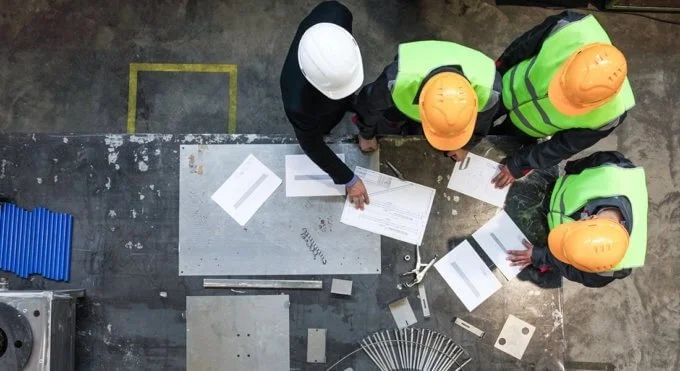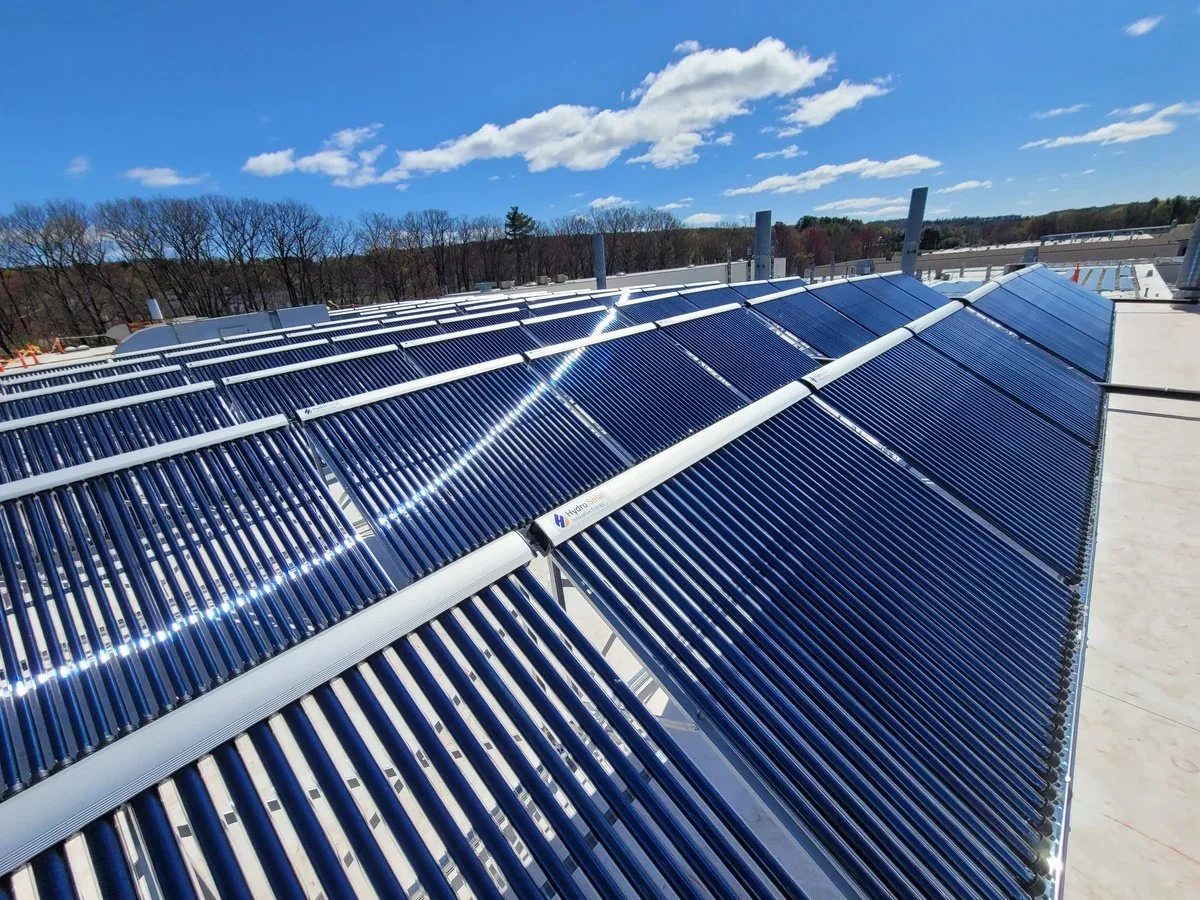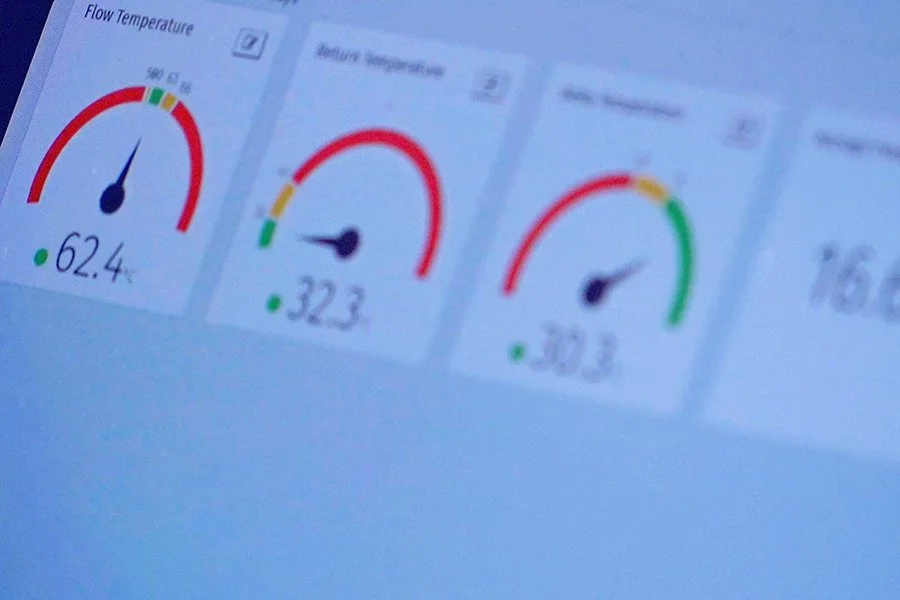
By Design Tech Solutions — Helping You Navigate Heat Network Zoning
Introduction: Zoning Is Coming — Are You Ready?
The UK Government is introducing heat network zoning legislation to accelerate low-carbon heat uptake in urban areas. This means certain buildings in designated zones may soon be required to connect to a heat network — or demonstrate why not.
At DTS, we help both local authorities and private developers understand their obligations, opportunities, and options under this new framework — ensuring every decision is informed, compliant, and future-ready.
What Is Heat Network Zoning?
Heat network zoning is a government-led policy that:
Identifies high-potential areas for heat networks
Mandates connection for certain new or existing buildings
Requires feasibility studies and evidence for exemptions
Is expected to become law starting in 2025 (subject to final confirmation)
It’s part of the UK’s broader net zero strategy and will be enforced at the local level — with central government support.
What It Means for Local Authorities
Zoning Authority Duties
Councils may be asked to designate zones, review exemptions, and coordinate with central government.
Delivery Enablement
Authorities will need to support network deployment — including planning guidance, stakeholder alignment, and funding readiness.
Resident & Stakeholder Engagement
Communication will be key in explaining zoning obligations, benefits, and consumer protections.
What It Means for Developers
Connection Requirements
New developments in a zone may be legally required to connect — and will need to plan for that in design and layout.
Technical & Financial Due Diligence
Feasibility studies will need to be submitted to justify any non-connection decisions.
Increased Demand for Network-Ready Design
Plant rooms, risers, HIUs, and flow/return layouts must be futureproofed for district energy integration.
How DTS Supports Clients
Policy Translation & Strategic Advice
We interpret evolving guidance and translate it into actionable decisions for your scheme.Design for Network Connection
We support layout planning, heat interface specification, and plant room readiness for future-proofing.Feasibility Study Support
We assist with carbon, cost, and compliance assessments needed to evaluate connection vs. exemption.Local Authority Collaboration
We work with councils, planners, and delivery bodies to align zoning goals with technical delivery.
FAQ
Get Ahead of Regulation
Whether you’re a council or developer, DTS helps you understand zoning policy and prepare for heat network requirements — before they become law.
RELATED READS
Explore our detailed guides on designing effective, future-ready district heating systems. Each article is written to help clients, developers, and stakeholders understand what great network design looks like in practice.






